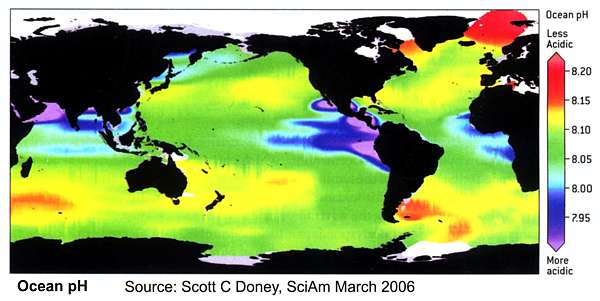POLAR CITY RED is fiction, a sci-fi cli-fi novel by Jim Laughter, but itPolar cities are well positioned for the coming century even as the
points to a world that many academics have already been writing about
in non-fiction books.
unique polar ecosystem is threatened by some of the most extreme
climate changes on Earth. But in a globally integrated world of over
nine billion people, with mounting issues of water stress, heat waves
and coastal flooding, what might polar cities mean for motivating
renewed human settlement of the region? To what extent might a wet,
underpopulated, resource-rich, less bitterly cold polar city region
promise refuge from these broader global pressures?
What causes new civilizations to grow? First and foremost will be
economic incentive, followed by willing settlers, stable rule of law,
viable trading partners, friendly neighbors and beneficial climate
change. Polar Cities in the future offer hope for humankind, but it
won't be a pretty picture. Read POLAR CITY RED to find out how a
fictional story creates a new reality
in your mind. Laughter has written perhaps the most important novel of
the 21st Century. It's that prophetic!
The polar city regions already see more petitions from prospective
migrants than they can or will absorb. Their winters will always be
frigid, but less bitterly so than today. Biomass will press north,
including some increased agricultural production in contrast to the
more uncertain futures facing much larger agricultural areas to the
south. So: north to Alaska!
Polar cities in the future will be situated in Toronto, Montreal,
Vancouver, Seattle, Minneapolis, St. Paul, Ottawa, Reykjavik,
Copenhagen, Oslo, Stockholm, Helsinki, St. Petersburg and Moscow—
...and in Anchorage, Winnipeg, Saskatoon, Quebec City, Hamilton,
Goteborg, Trondheim, Oulu, Novosibirsk and Vladivostok...and in
Fairbanks (where POLAR CITY RED by Jim Laughter is set), Whitehorse,
Yellowknife, Iqaluit, Tromso, Rovaniemi, Murmansk and Surgut.
Even in the remote Arctic and sub-Arctic, people are abandoning small
villages or a life in the bush to flock to places like Fairbanks,
Alaska; Fort McMurray, Canada; and Yakutsk, Russia. Tiny Barrow,
Alaska — a metropolis by Arctic standards — is absorbing an influx of
people from remote hamlets across the North Slope. Paired with reduced
winter road access and ground disruptions from thawing permafrost,
this urbanization trend suggests abandonment of all but the most
lucrative of remote interiors for polar cities, much like POLAR CITY
RED foresees.
Outside the cities and towns it's hard to attract new settlers,
especially in the Arctic hinterlands. With 4 million people and a
gross domestic product slightly larger than Hong Kong's, the
circumpolar Arctic holds a bigger population and economy than most
people realize, but both are still fleetingly small.

No comments:
Post a Comment